Last Updated on January 6, 2022
Every internal combustion engine requires oil to lubricate its parts. Vehicles have different size engines, depending on the weight, size, or purpose. The amount of oil that goes into the engine typically depends on the size of the engine as well as the manufacturer service interval.
For most cars, the engine holds about 5 and 8 quarts of engine oil. For instance, if you have a compact vehicle with a small 4-cylinder engine, you may need less than 5 quarts of oil.
While someone with a full size truck powered by an 8-cylinder engine may need over 7 quarts. There are simply more passageways and oil return paths with more cylinders so more oil is necessary for lubrication.
In addition, oil capacity in newer cars may be higher than a couple decades ago as car manufacturers try to increase the amount of miles between service intervals. When there’s a higher amount of oil, it in theory will take longer to break down.
Oil is the blood of the vehicle. It prevents an engine from overheating by reducing the amount of friction generated from its moving parts. While there is a cooling system in the vehicle to assist in lowering the engine heat, the oil is the main ingredient for keeping the internal parts of an engine from getting too hot.
While it’s pretty obvious that having not enough oil is detrimental to an engine, what happens if you have too much oil in your engine?
See Also: What Happens When You Use the Wrong Motor Oil
What Happens With Too Much Oil in an Engine
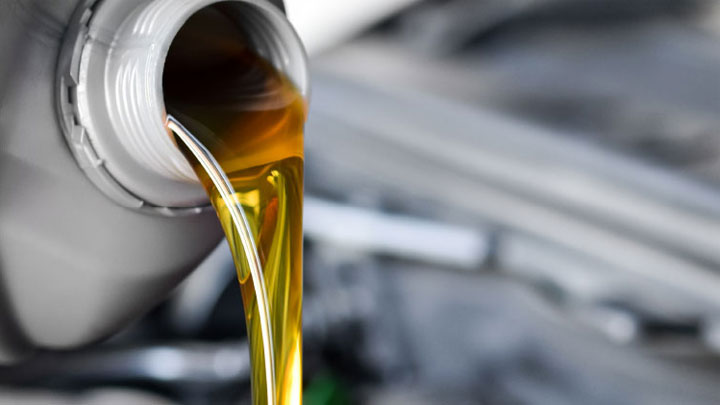
Oil changes are typically done ever 3,000 to 5,000 miles with some newer vehicles have 7,500 mile or even 10,000 mile oil change intervals. Some people have the false impression that putting more oil in the engine than necessary will allow its components to be lubricated even better.
However, this is not the case because too much oil in the engine can actually cause the opposite to happen. Instead of thoroughly lubricating the components, the oil will not be able to lubricate them well at all.
When there is too much oil, the rotating crankshaft will cause air to make contact with the oil. Once that happens, the oil becomes very foamy and frothy while circulating through the running engine.
There will be many tiny air pockets within the oil as it becomes thicker. This will slow down its flow and ability to circulate through the components of the engine at the speed needed to keep it cool.
What’s worse is that the air may contain tiny particles and debris which is then introduced into the oil. This means that the oil is now contaminated and will reduce its effectiveness at lubricating the engine.
As you can guess, the engine will overheat if its components are not lubricated properly. Then you’ll need to worry about all kinds of engine problems and damage.
Check the Oil Level
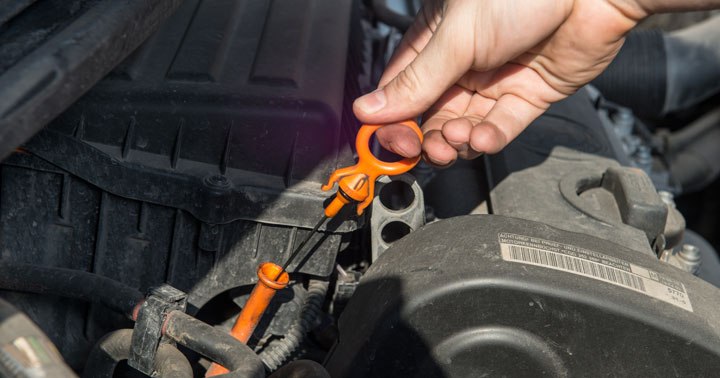
The best way to know if you have too much oil is to check the oil level with a dipstick. Most people use this to make sure they have enough oil, but you can also use it to make sure you don’t have too much oil.
There should be markings on the dipstick which indicate “MIN” and “MAX” (or a similar variation). Normally, you’d want the oil level to reach in between those two markings of the dipstick. But if the oil level goes past “MAX,” then it means you have too much oil.
Some newer cars, such as Audis, no longer have a physical dipstick to check your oil level. Instead, sensors will let you know via a message in your instrument cluster if you either have too little or too much oil.
Related: Low Oil Pressure Light Coming On
What to Do If Oil Level is Too High
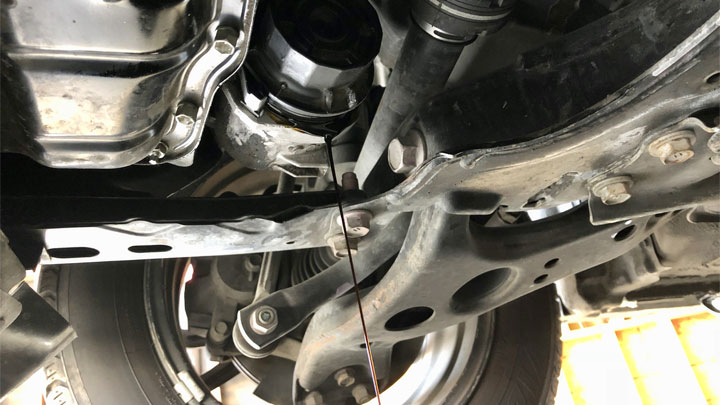
So, what do you do when you have too much oil? The only thing you can do is drain the oil from the engine. You can do this by going to an auto repair shop, quick lube shop, or you can do this yourself. If you already know how to change your oil, then you are familiar with the process of how to drain it.
See Also: Causes of High Oil Pressure
You first need to find the drain plug below the engine underneath the oil pan. This will require you to drive the front tires up on ramps or jack up your vehicle. Position a container below the drain plug and unscrew the drain plug so that some of the oil drains into the container before tightening the drain plug back in.
It will be hard to drain just a little bit of oil to get your oil levels back to normal. So, you’re probably better off just doing an oil change and draining all the oil. Make sure you add the oil slowly and keep checking to make sure you don’t go over the required amount.
Your car manual will tell you the exact engine oil capacity of your car.

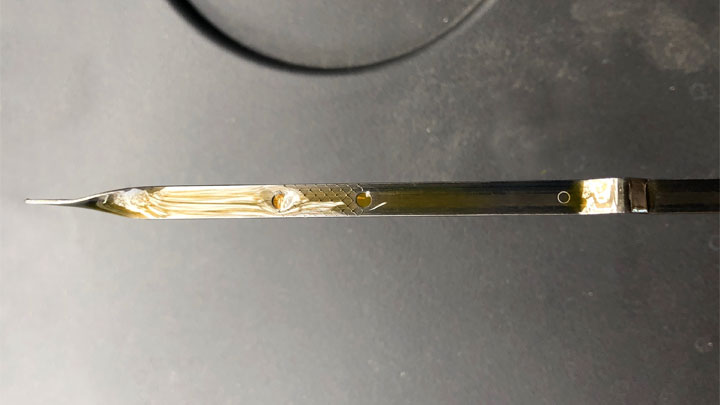
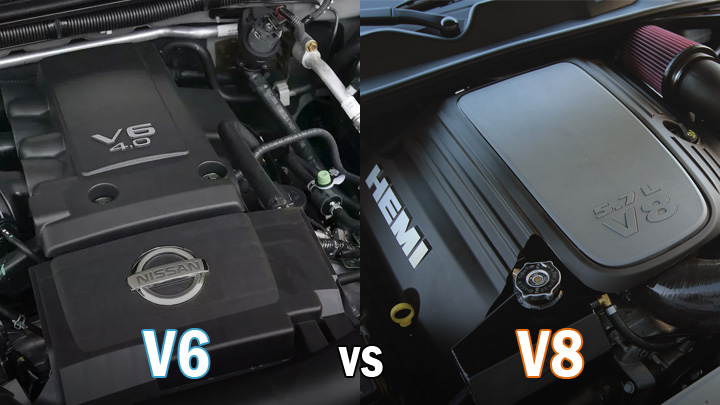
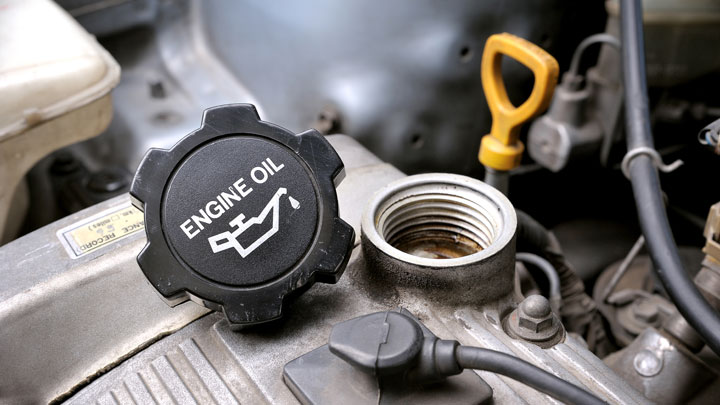
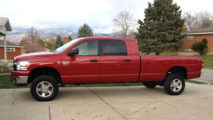
I have a audi A6 with electronic engine oil level indicator, is it best to maintain the optimum level between the max and min marks just like on old dip stick method or to fill it to max mark?
Hi Amjad, it’s best to consult the owner’s manual for something like that. You’re probably fine anywhere above the min level, I like to keep my oil at or just below the max mark, personally.
If I am unable to drain or do my own oil change but feel there may have been too much oil added it was mentioned best to get an oil change. Would I just go into an oil change location as normal or are there extra steps I would need? Thanks!!
Yeah you can probably just go into any lube shop, have them check it, and remove a bit of oil if too much was added.